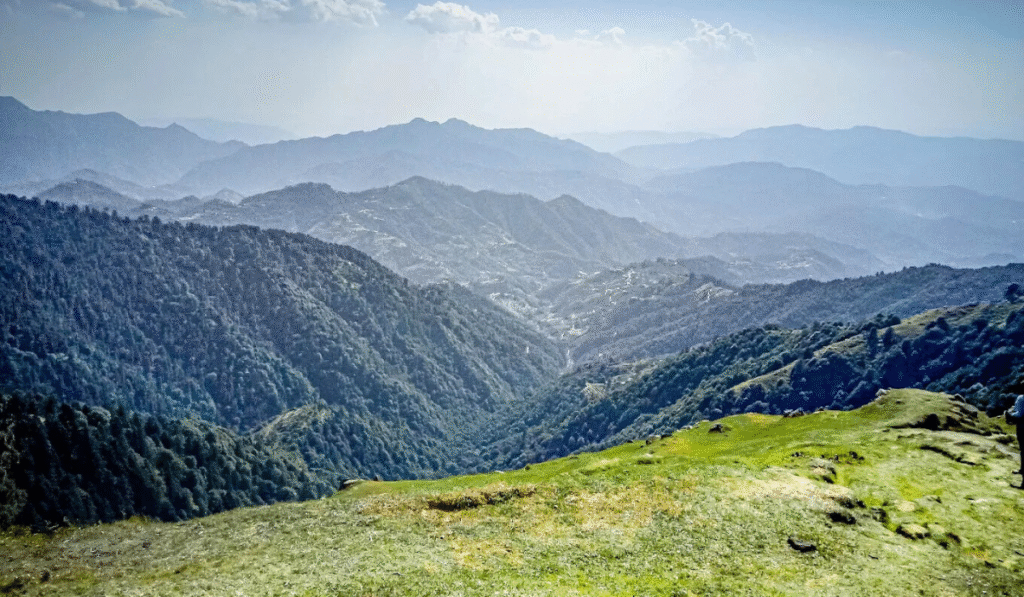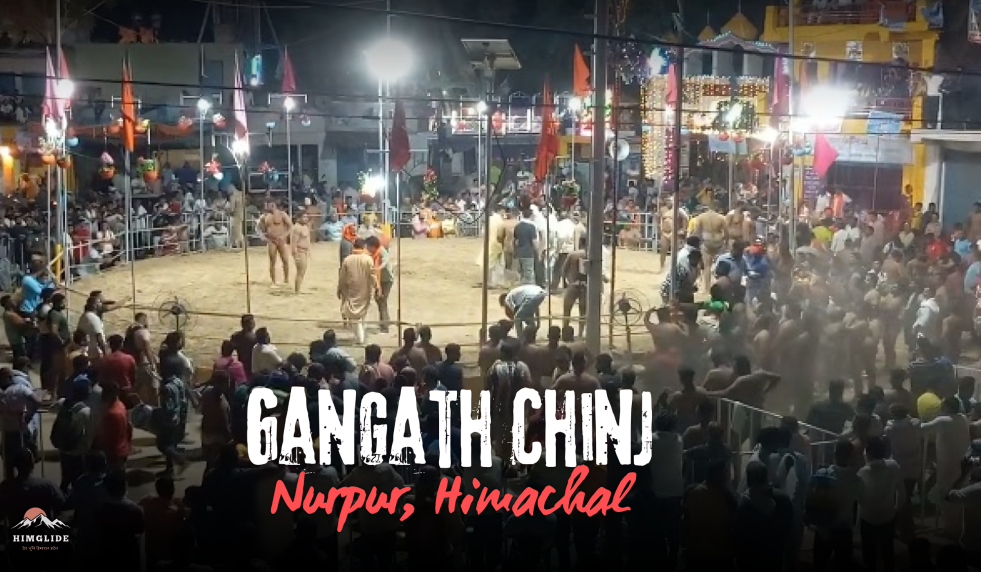Hidden deep within the lush green mountains of Mandi district, Himachal Pradesh, the Bada Dev Kamrunag Temple is a spiritual and natural wonder. Perched at an elevation of approximately 3,300 meters (10,826 ft), the temple is not only sacred to the locals but also a popular destination for trekkers, spiritual seekers, and nature lovers.
This revered shrine of Bada Dev (Kamrunag) stands near a beautiful high-altitude lake, believed to be mystical and sacred. Surrounded by dense deodar forests, meadows, and unspoiled Himalayan beauty, it’s a place where faith meets folklore, and nature whispers ancient secrets.
History & Legend of Bada Dev Kamrunag
The bada dev kamrunag temple is steeped in legend. According to ancient folklore, Kamrunag was a mighty warrior from the Mahabharata era. After a battle with Bhima, one of the Pandava brothers, Kamrunag was so impressed by Lord Krishna’s wisdom that he chose to become a guardian deity of the Himalayas. Krishna granted his wish, and Kamrunag became a protector of truth and justice.
Unlike most temples, there is no stone idol in the shrine. Instead, a symbolic wooden image is worshipped, respecting the age-old traditions of the region. This unique practice connects the site more to nature and less to conventional temple architecture.
Locals believe that Kamrunag listens to the cries of the innocent and punishes the unjust. His temple is not just a place of worship but a court of divine justice, especially for the people of Mandi, Kullu, and Sundernagar.
Also Read: Bathu Ki Ladi Temple: History, Location & How to Reach in Himachal
The Trek to Kamrunag Temple
The trek to Bada Dev Kamrunag Temple begins from Rohanda village, which is about 55 km from Sundernagar and 60 km from Mandi town. The trail is about 7-8 kilometers and moderately challenging. It winds through thick forests, serene meadows, wildflowers, and offers jaw-dropping views of the Dhauladhar and Shikari Devi ranges.
It takes about 2-4 hours to complete the trek depending on your pace and fitness level. There are no major facilities along the way, so it is advised to carry water, snacks, warm clothing, and a walking stick.
The experience of reaching the temple is profoundly peaceful. The Kamrunag Lake, next to the temple, is believed to contain untold treasures offered by devotees over centuries—gold, silver, and coins still lie at the bottom of this sacred waterbody.
Festivals and Best Time to Visit
The best time to visit the bada dev kamrunag temple is between May and October, when the weather is pleasant, and the trek is accessible. During the June fair (Kamrunag Mela), thousands of devotees gather here to offer their prayers and toss coins or valuables into the lake, fulfilling old family vows or making new wishes.
Winters are extremely harsh and snow-covered, making the area inaccessible from November to April.

Quick Travel Guide:
- Location: Rohanda, Mandi District, Himachal Pradesh
- Altitude: 3,300 meters (10,826 ft)
- Trek Distance: 7-8 km (from Rohanda)
- Best Time: May to October
- Nearby Attractions: Shikari Devi Temple, Sundernagar Lake, Janjehli Valley
- Accommodation: Homestays and small lodges in Rohanda or Sundernagar
FAQ’s
Where is the Bada Dev Kamrunag Temple located?
It is located near Kamrunag Lake in Mandi district, Himachal Pradesh, accessible via a trek from Rohanda village.
How difficult is the Kamrunag trek?
The trek is moderate in difficulty and takes around 2-4 hours depending on fitness level. It’s suitable for beginners with some preparation.
What is the story behind Bada Dev Kamrunag?
Bada Dev Kamrunag was a Mahabharata-era warrior blessed by Lord Krishna and worshipped as the god of rain and justice in Himachal Pradesh.
Why do people throw coins in Kamrunag Lake?
Devotees offer gold, silver, and coins into the lake as a sign of devotion, believing it pleases Bada Dev and brings blessings.
Is the temple open year-round?
No, the temple is mostly accessible from May to October. It remains closed or difficult to reach in winter due to heavy snowfall.







